From Amazon to Restaurants: 5 ways robots are delivering the future
Amazon testing humanoid robots to handle last-mile deliveries and replace human couriers efficiently
Robots now serve in restaurants, hotels, and hospitals, transforming service delivery across industries
Drone and sidewalk robot deliveries reduce emissions, cut costs, and improve logistics speed globally
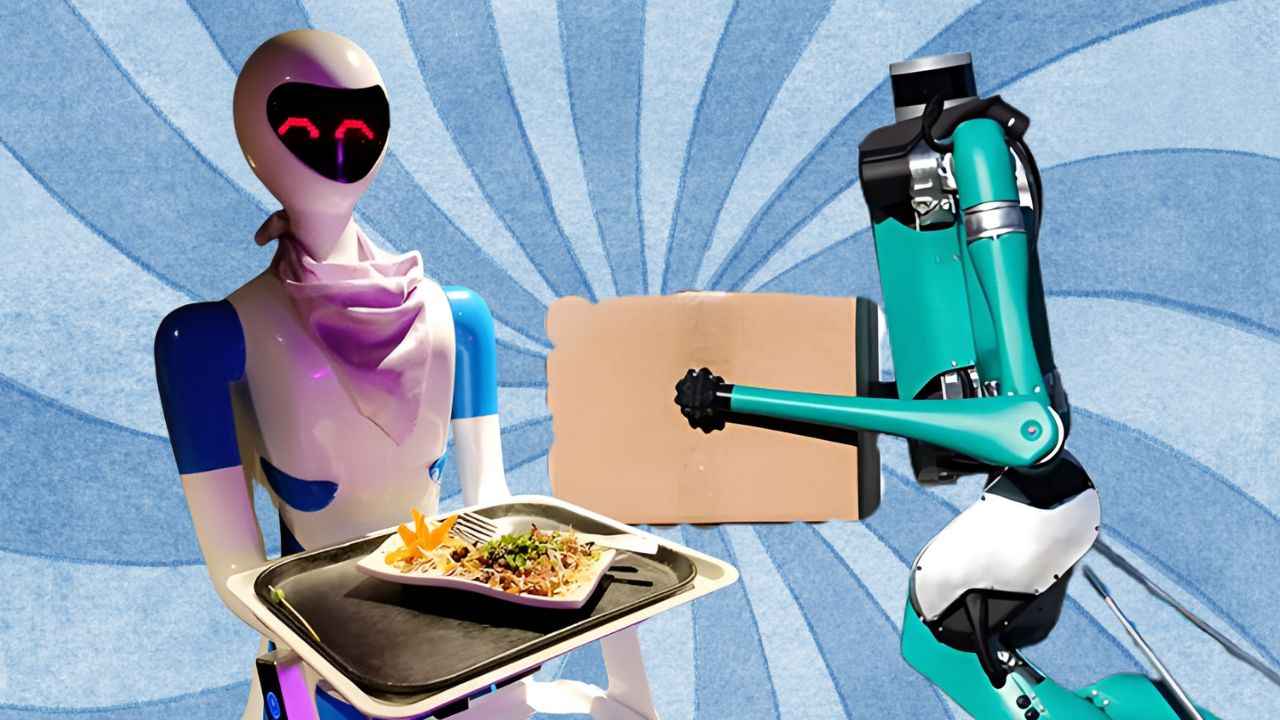
The front door swings open. Instead of a delivery driver balancing parcels on their forearms, a humanoid robot stands at attention, arms outstretched, voice pre-programmed for politeness: “Delivery complete. Have a nice day.” It may sound like a scene from Ex Machina, but it’s one Amazon is actively scripting into reality.
 Survey
SurveyIn a bold stride toward full-spectrum automation, Amazon is now developing AI software to control humanoid robots , machines designed to navigate homes, climb stairs, and handle your deliveries like a human would. At the heart of this project is a “humanoid park,” an experimental indoor facility in San Francisco where these robots are trained to tackle everyday logistical challenges.
This isn’t just about packages arriving on time – it’s a glimpse into a future where robotics seamlessly integrate into service industries that once relied on human muscle and mind. Delivery, once a people-powered business, is rapidly becoming the proving ground for next-generation robotics.
1. Restaurant Robots: Serving with Precision
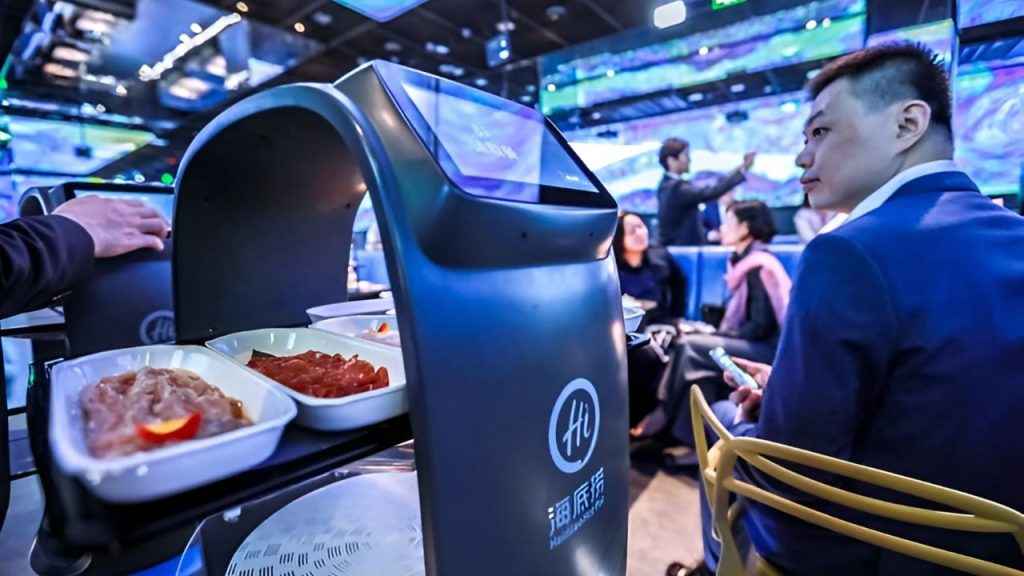
Dining establishments across the globe are introducing robot waiters, machines that glide between tables delivering steaming dishes, collecting used plates, and navigating diners with uncanny grace.
Haidilao, a Chinese hot pot giant, has integrated robotics into its operations with remarkable finesse. Diners order from touchscreen panels, and robotic runners take over, transporting ingredients and even managing elements of food preparation. Robots not only eliminate wait times, they also reduce human error and improve sanitation standards—an attractive feature in a post-pandemic world.
A similar innovation was showcased during the Beijing Winter Olympics, where diners watched ceiling-mounted robot arms lower hot meals directly to their tables—contactless and theatrical in equal measure.
Far from novelty, these robots are fast becoming essentials in an industry often challenged by staffing shortages and rising labor costs.
Also read: CES 2025: Three robots that are turning heads this year
2. Hotel Robots: Redefining Room Service
Forget the knock at your hotel door followed by an awkward exchange over a tray of snacks. At Alibaba’s futuristic FlyZoo Hotel in Hangzhou, room service now arrives via a squat, disc-shaped robot that glides silently down hallways and even summons the elevator on its own. Need fresh towels or toiletries? A few taps on your smartphone, and the robot is on its way.
These robots, powered by Alibaba’s AI-driven hospitality platform, are designed not just for convenience, but for operational efficiency. They allow hotels to reduce staffing costs while ensuring 24/7 responsiveness – no delays, no human fatigue.
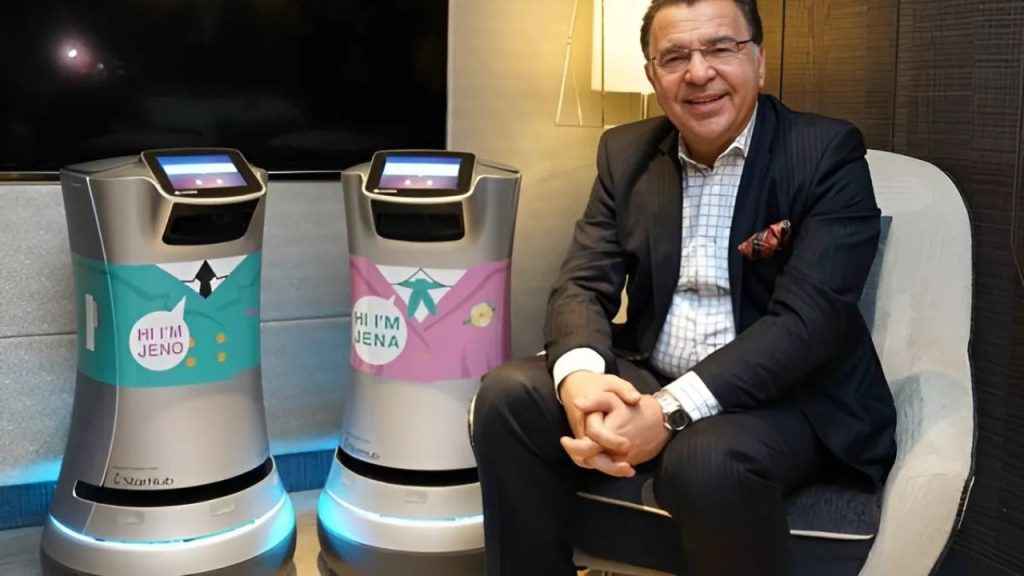
Singapore’s Hotel Jen Tanglin has introduced similar robots, Jeno and Jena, who have become local celebrities in their own right. Equipped with LIDAR sensors and programmed voices, they offer a blend of tech novelty and high-end service.
3. Drone Deliveries: Taking to the Skies
As traffic congestion tightens urban logistics, companies are looking up…. literally. Delivery drones, once viewed as an ambitious experiment, have quietly transitioned into real-world operations.
In Shenzhen, China, Meituan’s delivery drones are a common sight, especially in public parks. A user places an order via app, and within 20 minutes, a drone descends to a designated kiosk, dropping off the goods with zero human interference.
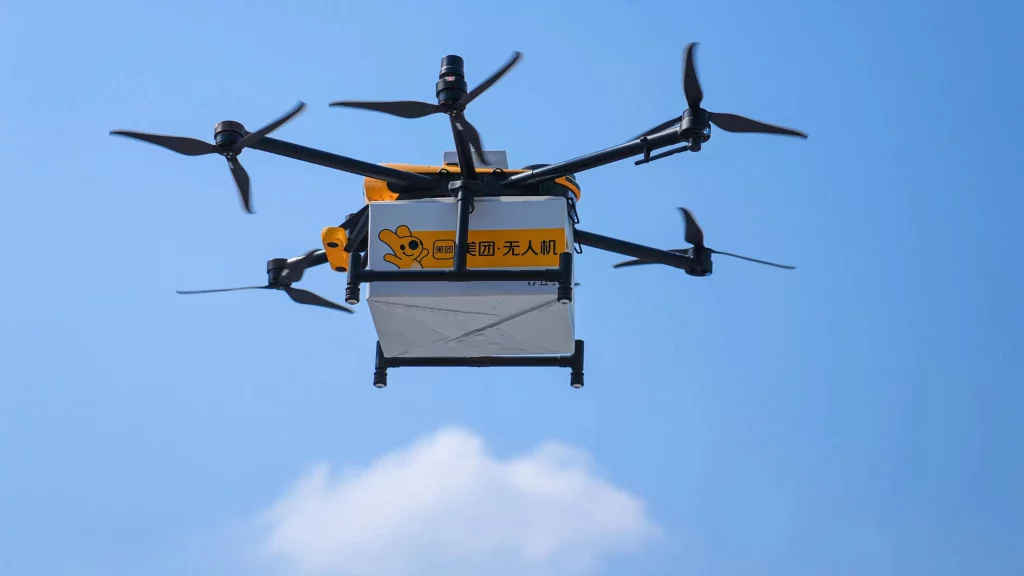
Also read: World Environment Day: 5 Tech-Powered Conservation Wins in Assam
Across the Pacific, Wing, Alphabet’s drone delivery subsidiary, has scaled its partnership with Walmart to serve over 60,000 homes in the Dallas–Fort Worth area. The drones, which travel up to 65 mph, can drop packages in driveways, rooftops, or specially designed landing zones in under 30 minutes.
Faster, greener, and increasingly reliable, aerial delivery is no longer a test case—it’s an active player in the fight for logistics supremacy.
4. Sidewalk Delivery Robots: Navigating the Urban Jungle
On sidewalks in Los Angeles and Chicago, passersby regularly encounter small, boxy robots rolling along curbs. They beep, turn, pause for pedestrians, and sometimes stop for selfies with amused children. These are the frontline bots of last-mile delivery.
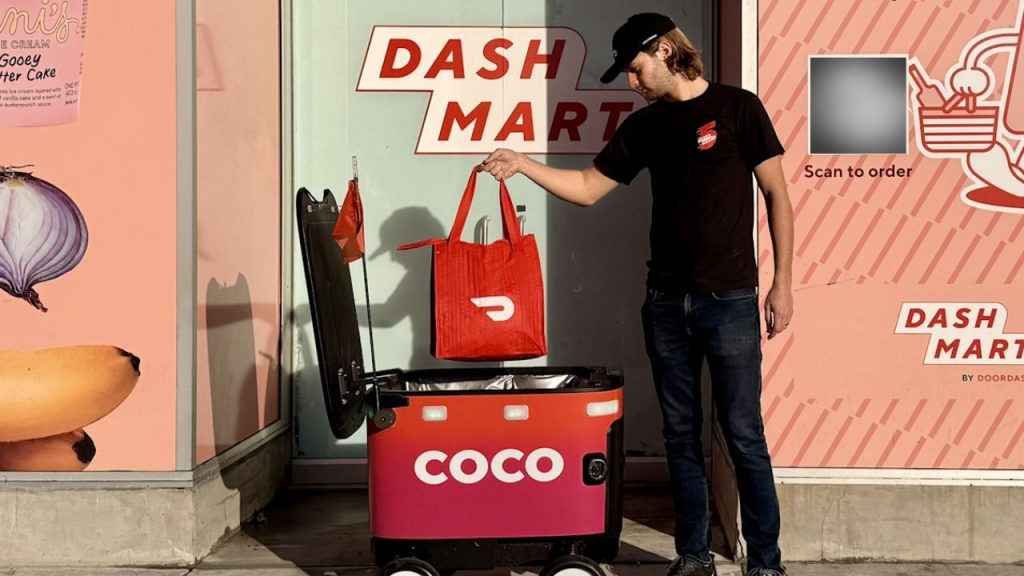
Companies like DoorDash, in collaboration with Coco, have deployed fleets of these wheeled robots that handle short-distance deliveries from over 600 restaurants. Their compact design allows them to maneuver city streets with ease.
Uber Eats has joined the movement too. In Miami, its sidewalk robots are making food deliveries at up to 11 mph. With capacity for 15 gallons and equipped with real-time mapping systems, they represent a cleaner, cheaper alternative to car-based delivery.
5. Medical Drone Deliveries: Lifesaving at Light Speed
When it comes to logistics, few deliveries are as urgent or consequential as those in healthcare. That’s why Zipline, a drone-based logistics company, has carved out a vital niche in the medical supply chain.
In Ghana and Rwanda, Zipline’s fixed-wing drones deliver vaccines, blood, and essential medicines to remote clinics cut off by rough terrain. The drones are launched via catapult, fly autonomously, and drop supplies with parachutes to designated landing zones.
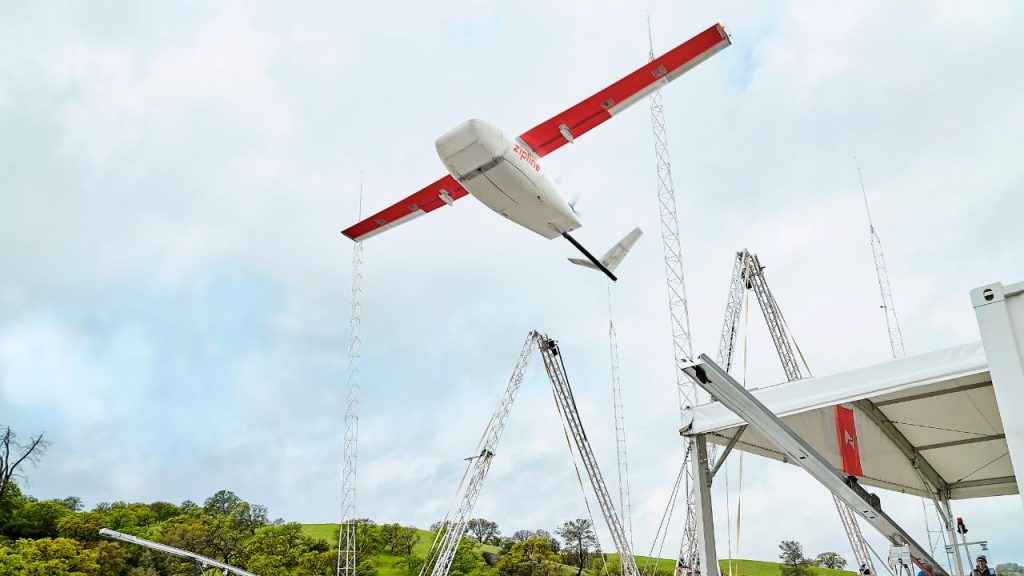
During the COVID-19 crisis, Zipline brought its expertise to the U.S., partnering with Novant Health to deliver medical equipment across North Carolina. In areas where time is life, these autonomous aircraft are beating ambulances and road-based deliveries to the punch.
Robots may be changing how we get groceries and takeout, but in this case, they’re saving lives.
Final Delivery: The Age of Autonomous Convenience
From humanoid couriers navigating living rooms to drones flying blood across borders, the robots have arrived and they’re not slowing down. While questions around job displacement, regulation, and ethics remain, one thing is certain: the global delivery ecosystem is undergoing a mechanical metamorphosis.
Robots are not here to compete with us. They’re being built to carry what we can’t, reach where we don’t, and deliver when we won’t. Whether it’s a towel to your hotel room, a vaccine to a village, or a package to your porch, the future of delivery is efficient, electrified, and very much automated.
Also read: From AI agents to humanoid robots: Top AI trends for 2025
Vyom Ramani
A journalist with a soft spot for tech, games, and things that go beep. While waiting for a delayed metro or rebooting his brain, you’ll find him solving Rubik’s Cubes, bingeing F1, or hunting for the next great snack. View Full Profile